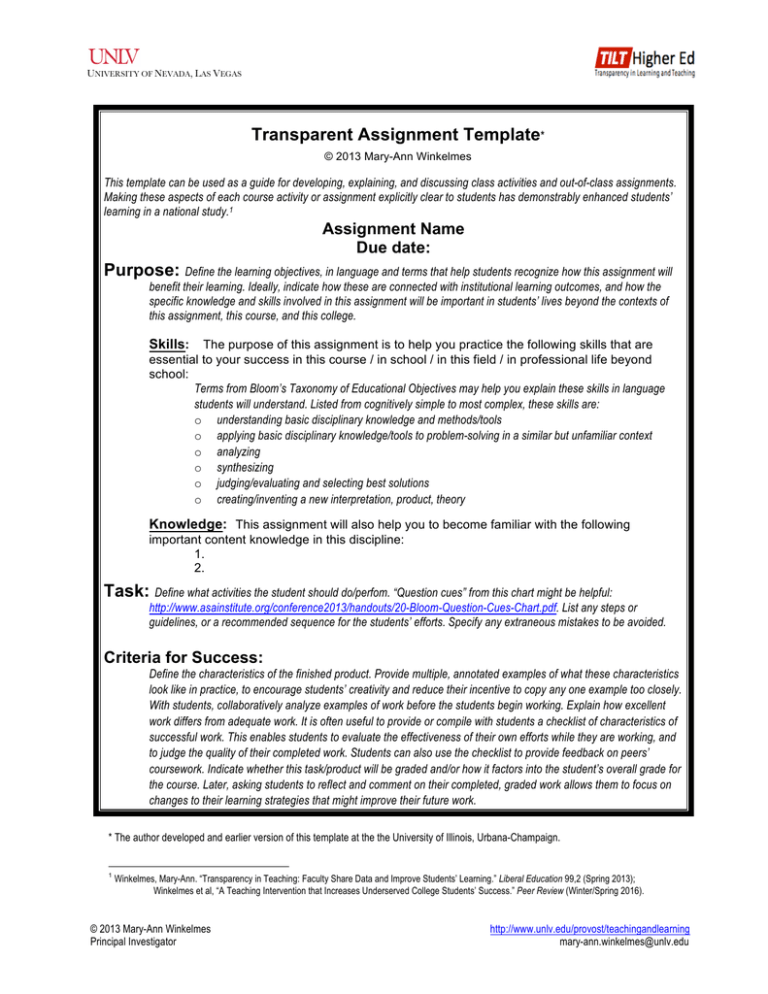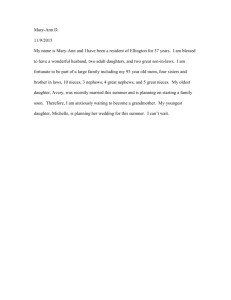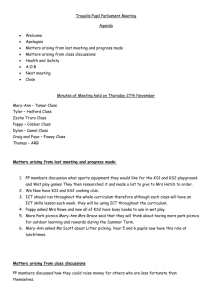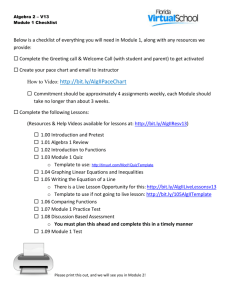Transparent Assignment Template - University of Nevada, Las Vegas
advertisement

UNIVERSITY OF NEVADA, LAS VEGAS Transparent Assignment Template* © 2013 Mary-Ann Winkelmes This template can be used as a guide for developing, explaining, and discussing class activities and out-of-class assignments. Making these aspects of each course activity or assignment explicitly clear to students has demonstrably enhanced students’ learning in a national study.1 Assignment Name Due date: Purpose: Define the learning objectives, in language and terms that help students recognize how this assignment will benefit their learning. Ideally, indicate how these are connected with institutional learning outcomes, and how the specific knowledge and skills involved in this assignment will be important in students’ lives beyond the contexts of this assignment, this course, and this college. Skills: The purpose of this assignment is to help you practice the following skills that are essential to your success in this course / in school / in this field / in professional life beyond school: Terms from Bloom’s Taxonomy of Educational Objectives may help you explain these skills in language students will understand. Listed from cognitively simple to most complex, these skills are: o understanding basic disciplinary knowledge and methods/tools o applying basic disciplinary knowledge/tools to problem-solving in a similar but unfamiliar context o analyzing o synthesizing o judging/evaluating and selecting best solutions o creating/inventing a new interpretation, product, theory Knowledge: This assignment will also help you to become familiar with the following important content knowledge in this discipline: 1. 2. Task: Define what activities the student should do/perfom. “Question cues” from this chart might be helpful: http://www.asainstitute.org/conference2013/handouts/20-Bloom-Question-Cues-Chart.pdf. List any steps or guidelines, or a recommended sequence for the students’ efforts. Specify any extraneous mistakes to be avoided. Criteria for Success: Define the characteristics of the finished product. Provide multiple, annotated examples of what these characteristics look like in practice, to encourage students’ creativity and reduce their incentive to copy any one example too closely. With students, collaboratively analyze examples of work before the students begin working. Explain how excellent work differs from adequate work. It is often useful to provide or compile with students a checklist of characteristics of successful work. This enables students to evaluate the effectiveness of their own efforts while they are working, and to judge the quality of their completed work. Students can also use the checklist to provide feedback on peers’ coursework. Indicate whether this task/product will be graded and/or how it factors into the student’s overall grade for the course. Later, asking students to reflect and comment on their completed, graded work allows them to focus on changes to their learning strategies that might improve their future work. * The author developed and earlier version of this template at the the University of Illinois, Urbana-Champaign. 1 Winkelmes, Mary-Ann. “Transparency in Teaching: Faculty Share Data and Improve Students’ Learning.” Liberal Education 99,2 (Spring 2013); Winkelmes et al, “A Teaching Intervention that Increases Underserved College Students’ Success.” Peer Review (Winter/Spring 2016). © 2013 Mary-Ann Winkelmes Principal Investigator http://www.unlv.edu/provost/teachingandlearning mary-ann.winkelmes@unlv.edu


